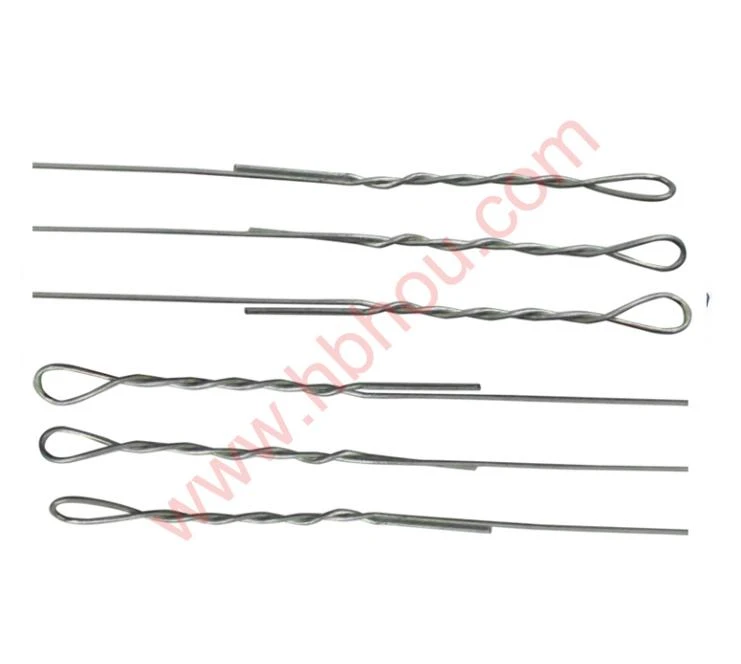The Green Garden Mesh A Sustainable Solution for Modern Gardening
In the ever-evolving world of gardening, sustainability has become a focal point for both amateur and professional gardeners alike. As the demand for eco-friendly practices increases, innovative solutions are emerging to help individuals cultivate their green spaces while minimizing their environmental impact. One of the most promising developments in this area is the use of green garden mesh.
Green garden mesh is a versatile product that has garnered attention for its myriad of applications in horticulture. Typically made from durable, weather-resistant materials, this mesh serves a wide array of functions, ranging from pest control to plant support. Its unique design allows for optimal air circulation and sunlight penetration, essential components for healthy plant growth.
One of the primary benefits of green garden mesh is its effectiveness as a protective barrier against pests. Gardeners often face challenges from insects and animals that can wreak havoc on delicate plants. Traditional methods of pest control often involve harmful chemicals, which can not only jeopardize the health of the plants but also have adverse effects on the ecosystem. Green garden mesh offers a non-toxic alternative that allows plants to breathe while keeping unwanted pests at bay. By covering plants with this mesh, gardeners can create a physical barrier that is both effective and environmentally friendly.
In addition to pest control, green garden mesh is also an excellent tool for supporting plants as they grow. Many leafy vegetables and climbing plants benefit from a solid structure that helps them achieve vertical growth. Using garden mesh as a trellis, gardeners can encourage plants like peas, beans, and cucumbers to thrive. This not only maximizes space in smaller gardens but also improves air circulation, reducing the risk of moisture-related diseases.
green garden mesh

Moreover, green garden mesh is an indispensable resource for gardeners interested in creating microclimates for sensitive plants. By strategically positioning the mesh, gardeners can regulate temperature and humidity levels, providing an ideal environment for delicate seedlings or specific plant species. Such microclimates can be particularly valuable in regions with extreme weather conditions, ensuring that plants flourish despite environmental challenges.
Another significant advantage of green garden mesh is its reusable nature. Unlike plastic alternatives that contribute to landfill waste, high-quality mesh products can withstand the elements for several seasons. This durability makes them a sustainable choice for environmentally conscious gardeners. Investing in reusable garden mesh aligns with the broader goal of reducing waste and promoting sustainable gardening practices.
The aesthetic appeal of green garden mesh is also worth noting. Available in various colors and designs, it can add a touch of elegance to any garden setting. Whether used to create a rustic trellis or as a charming protective cover for delicate seedlings, the visual variety offered by garden mesh can enhance the overall ambiance of a garden space.
As we face numerous environmental challenges, including climate change and loss of biodiversity, the importance of adopting sustainable gardening practices cannot be overstated. Green garden mesh stands as a testament to innovation and practicality within the realm of gardening. By integrating this simple yet effective tool into our gardening routines, we can not only cultivate beautiful, thriving gardens but also contribute to a healthier planet.
In conclusion, the potential of green garden mesh as a sustainable gardening solution is vast. From protecting plants against pests to supporting their growth and enhancing the visual appeal of the garden, this innovative product offers multiple benefits for modern gardeners. As we continue to explore eco-friendly practices, integrating green garden mesh into our gardening endeavors represents a tangible step towards a more sustainable future. By making informed choices about the tools we use in our gardens, we can nurture both our plants and the environment for generations to come.
















